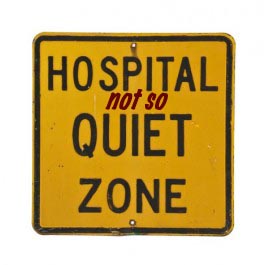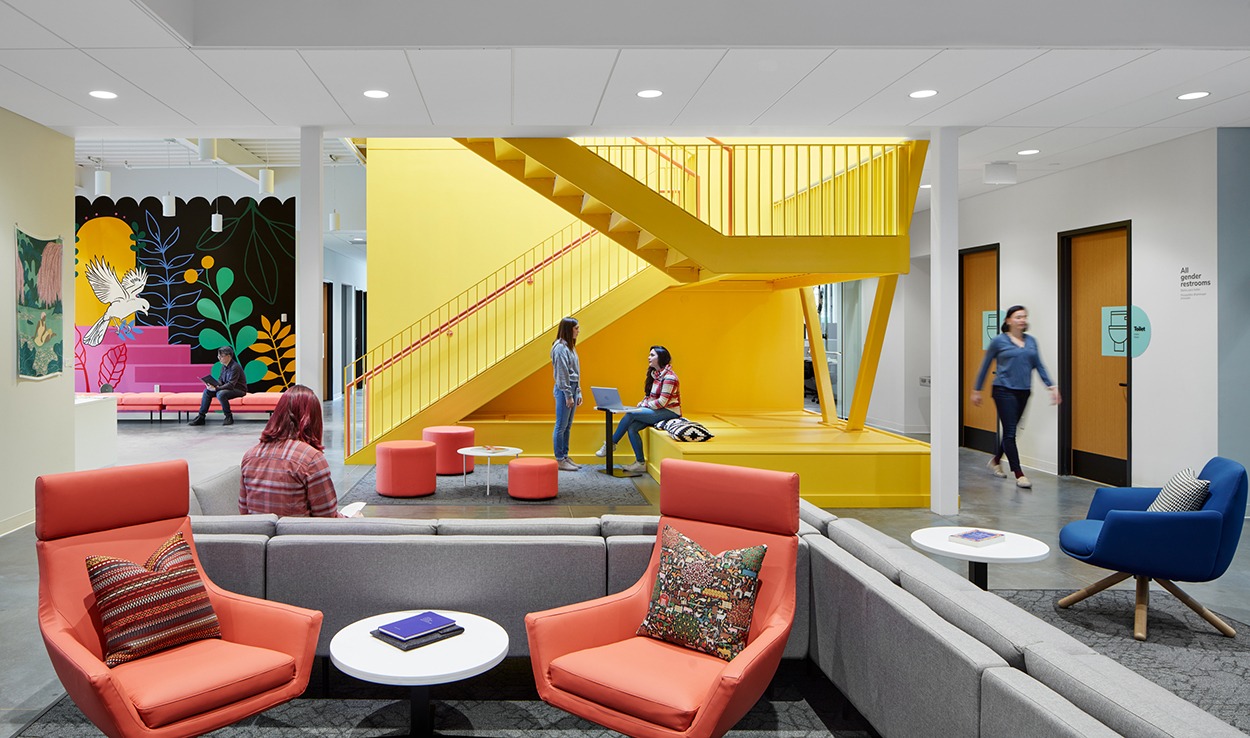
During this hospital stay, how often was the area around your room quiet at night?
The average score reported in July 2013 was 60% -- up from 54% when scores were first reported in March 2008. But still the lowest of the average “top-box” scores for each of the 10 HCAHPS measures at the state and national level.
Why is this? Maybe we should ask hospitals in Louisiana, because they scored 71%, up from 67% five years ago.
It will probably take a lot of work to get the overall score in the 80th percentile. But why not make that a goal?
Achieving it will not only require addressing operational and cultural issues, but the design of the physical environment as well. Some well-known architectural and interior design strategies for creating quieter environments are:
- Single patient rooms
- Examination and treatment rooms enclosed with walls
- Private discussion areas in admitting areas and on units
- High-performance sound-absorbing acoustical ceiling tiles
- Effective wall and furniture design and layout
- Decentralized or “distributed” nurse stations
- Carpet or sound-absorbing flooring material
In my work with Healing HealthCare Systems (HHS), producers of The C.A.R.E. Channel, I've also learned that relaxation programming on patient television can also help mask unwanted hospital noise -- or distract patients so they don't hear it and are comforted. In other words, not all sounds are bad sounds.
According to Susan Mazer, Ph.D, President and CEO of HHS, "quiet is not a decibel level; quiet is an experience of calm, of peacefulness, a feeling of safety. Deadening silence is frightening. Erratic noises that are perceived as foreign and invasive, are agitating. Therefore, a patient's own living of those long night hours is best served by designing the experience."
Mazer also thinks the question on the HCAHPS survey is ambiguous, telling us "very little about what is happening in the room and whether the lack of noise was comforting." She believes it's probably not realistic to expect that patients will answer "always" to the question of how often they experienced quiet around their room at night, because hospitals are alive 24/7 with activities going on all the time.
So, until we look at the issue of noise differently in hospitals, perhaps the HCAHPS noise question score will never significantly improve.
But there's lots of available information to help guide those who are dealing with this issue. HHS has published several whitepapers on reducing hospital noise, as have the Beryl Institute, and The Center for Health Design. And, the Joint Commission recently issued a sentinel alert on alarm fatigue, which is illustrated in this cool infographic.
Most importantly, let's keep the dialogue going.
P.S. Please do me a favor -- if you liked this post and like this blog, please share it with others by sending them the link and/or post it on your Twitter, LinkedIn, or Facebook, etc. Also, don't forget to subscribe, so you'll get emails when new content is posted. Thanks!






